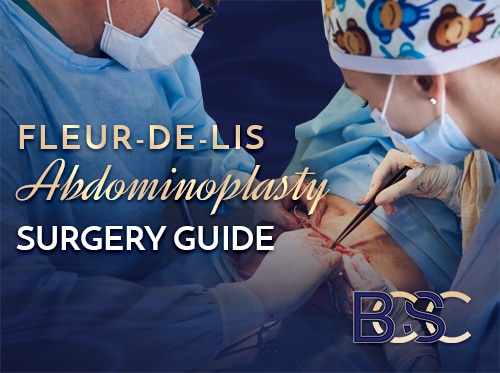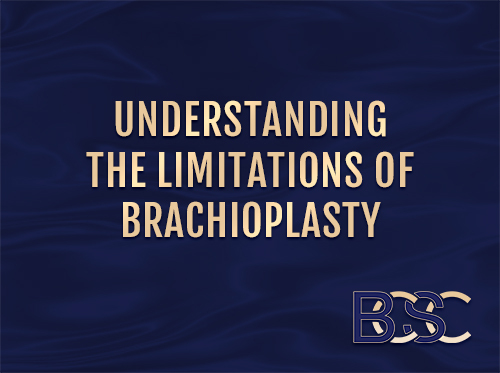Auto Augmentation Breast Lift Surgery Guide
Breast lifting is a popular cosmetic surgical procedure among female patients who have ptotic breasts. While a standard breast lift corrects ** by lifting the breasts off the abdomen, it frequently results in a loss of one bra cup size or more. A breast lift with auto augmentation retains all the existing subcutaneous tissue, reconstructing the breast mound without losing fullness.
What is Auto Augmentation Mastopexy?
Auto augmentation is a surgical breast lift procedure that raises ptotic breasts off the abdomen. Instead of removing the lower pole breast tissue, all the underlying tissues are retained. The excessive tissues are elevated to reshape the breast mound, ** the profile, shape, and projection of the breasts while increasing upper pole fullness. It is considered a more natural alternative to a breast lift with implants.
How does Auto Augmentation Compare to Traditional Mastopexy?
A traditional breast lift involves removing the excessive lower pole tissue. This may result in a smaller brassiere size after surgery. Auto augmentation retains all the subcutaneous breast tissue and surgically manipulates it higher on the breast mound to lift the breasts without losing volume.
How does Auto Augmentation Compare to a Breast Lift with implants?
A breast lift can be performed with or without implants. Many patients choose to add implants to increase volume and projection. However, implants are not the only option.
If the patient has enough excess lower pole tissue, it can be repositioned higher on the breast mound during auto augmentation to ** the breasts without relying on prosthesis.
Unlike a breast lift with implants, the auto augmentation lift does not add volume. The breasts generally remain the same size after surgery, however the breasts take on a more lifted and aesthetically pleasing shape with forward projection.
What are the Benefits of Auto Augmentation Breast Lifting?
Possible benefits of the procedure include:
- ** self image
- Tighter and ** breasts
- ** fit of brassieres, swimwear, and blouses
- Correction of ptotic areola with increased forward projection
- ** breast contours, profile, and projection without an increase in size
Who is a Candidate for Breast Auto Augmentation?
Auto augmentation may be appropriate for patients who have:
- ** breasts
- Downturned areola
- Loss of upper pole fullness
- Excessive lower pole fullness
- Maintained a stable body weight
- Accepted that all surgery carries risks
- Abstained from nicotine use or are willing to quit
- An understanding that there will be a surgical scar
- A desire to keep the same bust size after mastopexy
- Adequate mental and physical health to undergo elective surgery
To learn if auto augmentation mastopexy is the right fit, speak with a qualified specialist general surgeon who has extensive experience performing aesthetic breast procedures.
What Happens During the Surgery?
Auto augmentation requires full sedation with general anaesthesia. It is performed in a hospital setting. It is considered a day procedure, although an overnight hospital stay may be required in some cases. The procedure takes approximately two to three hours.
The patient lies supine on the operating table. The surgeon makes the necessary incisions and elevates the skin. With the underlying subcutaneous tissue exposed, the excessive lower pole breast tissues are repositioned higher on the breast mound to ** upper pole fullness and reconstruct a natural teardrop breast shape. The nipple areola complex is elevated to a central position on the breast mound with forward projection. The incisions are sutured closed and bandaged. The process is repeated on the other breast.
Recovery
Most patients are ready to return home after spending approximately one hour in the recovery room after surgery. Grogginess and nausea are common after anaesthesia. Driving and light activities may resume in approximately one week. Patients should be advised to avoid heavy lifting and exercise for at least six weeks. Bruising and tenderness generally lasts for two weeks or longer. Pain can be managed with prescription drugs. Oral antibiotics are provided to reduce the risk of infection. Swelling may persist for six months to one year. It takes a year or more for scars to fade.
Risks and Complications
Auto augmentation is considered ** for ** patients who follow pre- and post-operative instructions. All surgery comes with a degree of risk, even when all ** precautions are taken. Possible risks associated with the procedure may include:
- Seroma
- Infection
- Necrosis
- Hematoma
- Poor scarring
- Nerve damage
- Breast asymmetry
- Uncontrolled bleeding
- Bad reaction to anaesthesia
- Possible revision surgery six to 12 months later
- Blood clots which can lead to pulmonary embolism and be fatal
Auto Augmentation Mastopexy FAQ
Can auto augmentation be combined with other cosmetic procedures?
Many women do not just have breast ** after weight loss or pregnancy. There are a plethora of elective skin tightening procedures that can be ** and effectively combined with the auto augmentation breast lift. During auto augmentation mastopexy, it is possible to perform a simultaneous arm lift, tummy tuck, or liposuction. Consult with a qualified surgeon as there are limits to what procedures can be **combined.
Will there be a scar?
Yes, all surgery produces a scar. Different surgeons may use different incisions. Scarring on the breasts fades with time, although patients with a history of poor scarring (such as keloid formation and hypertrophic scars) should advise their surgeon of this during the consultation.
Does health insurance cover breast auto augmentation?
Elective breast lifting procedures are generally not covered by insurance. Most patients pay out of pocket.


